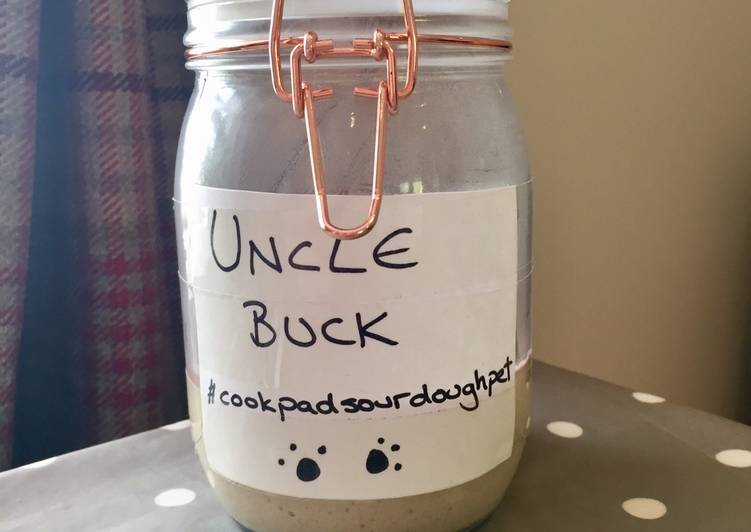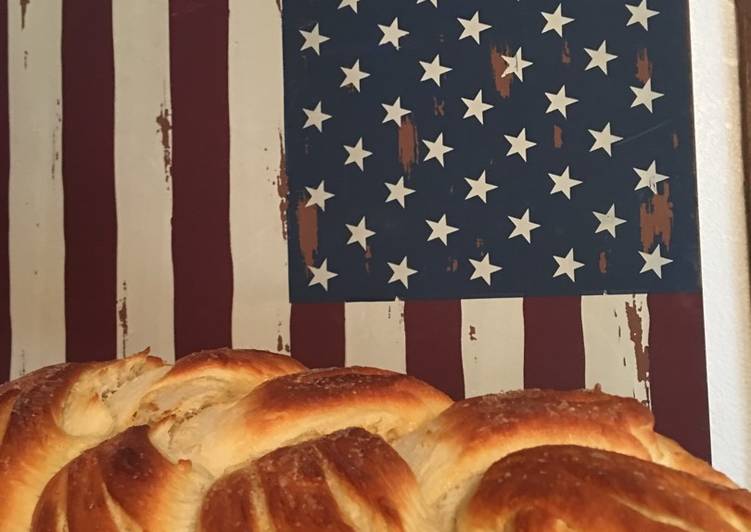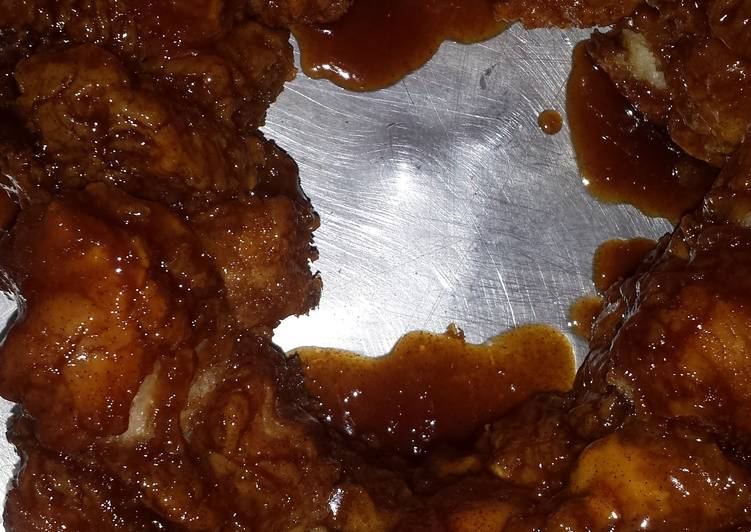
Hey everyone, hope you’re having an amazing day today. Today, we’re going to make a special dish, buckwheat sourdough starter. It is one of my favorites. For mine, I’m gonna make it a little bit tasty. This will be really delicious.
This Buckwheat Sourdough starter is a gluten-free sourdough starter that tastes just as great as its wheat-containing brethren! Using a buckwheat sourdough starter gives you a nutritious as well as tasty way to make gluten-free breads, pancakes, crepes, cornbread, waffles, tortillas, and many other treats. Hope you'll like the buckwheat flour sourdough recipe below.
Buckwheat Sourdough Starter is one of the most well liked of current trending foods in the world. It’s easy, it’s fast, it tastes yummy. It’s enjoyed by millions daily. Buckwheat Sourdough Starter is something which I’ve loved my entire life. They are nice and they look fantastic.
To begin with this particular recipe, we have to first prepare a few ingredients. You can have buckwheat sourdough starter using 3 ingredients and 6 steps. Here is how you cook that.
The ingredients needed to make Buckwheat Sourdough Starter:
- Prepare 35 gm raisins
- Make ready 365 ml boiling water
- Make ready 385 gm buckwheat flour
Since gluten free grains tend to be more expensive than regular grains, I used less buckwheat to create my starter than I normally would. It may take a little longer for your gluten free sourdough starter to take off and really start to get bubbly, especially if you use buckwheat. Add the sourdough starter to a medium bowl, pour in the warm water and stir to break up the starter. Mix in the flour and incorporate thoroughly using a wooden spoon or Danish dough whisk.
Steps to make Buckwheat Sourdough Starter:
- DAY 1 - Soak the raisins in the boiling water, leave them to soak until the water has cooled until it is tepid (just above room temp is fine). Then strain the raisins out of the water.
- In a glass bowl or large jar (I used a large bowl), place 40g of buckwheat flour and 80mls of your tepid raisin water and mix to form a paste. Cover with cling film and leave in a warm spot for 24 hours. Reserve your raisin water for day 2.
- DAY 2 - Whisk in another 40 g of the buckwheat flour and 55mls of your raisin water (warm it very slightly if you can for max yeast growth oomph). Cover again and leave for 24 hours.
- DAY 3 - Whisk in a further 75g buckwheat flour and 115 ml of your raisin water. Cover and leave to ferment for a further 24 hours.
- DAY 4 - Hopefully today you will start to notice a mild vinegar like smell and you may see some large surface bubbles. Discard half your mixture (don't throw it out - you can make pancakes, crackers and even cookies with this discarded batter). Then whisk 75g buckwheat flour and 115 ml of raisin water to your starter. Cover and leave to ferment for 24 hours.
- DAY 5 - Whisk in your remaining 155g of flour and add 225 ml of regular tepid water. Cover loosely and set aside for 4 hours of until really bubbly. Then store in the fridge for a final 12 hours before using.
In a large bowl mix the starter, egg, vegetable oil, sugar and vanilla together. Stir in the salt, buckwheat flour, all-purpose flour, baking soda and ginger. Adjust consistency with more flour or some water, depending upon how thick your starter is. The batter should be pourable, but not runny. Discarded sourdough starter can be composted, fed to chickens, or used to make other sourdough goodies - like gluten-free sourdough crackers with herbs and cheese!
So that’s going to wrap it up with this exceptional food buckwheat sourdough starter recipe. Thanks so much for your time. I’m confident you can make this at home. There is gonna be more interesting food at home recipes coming up. Don’t forget to save this page in your browser, and share it to your loved ones, friends and colleague. Thanks again for reading. Go on get cooking!

